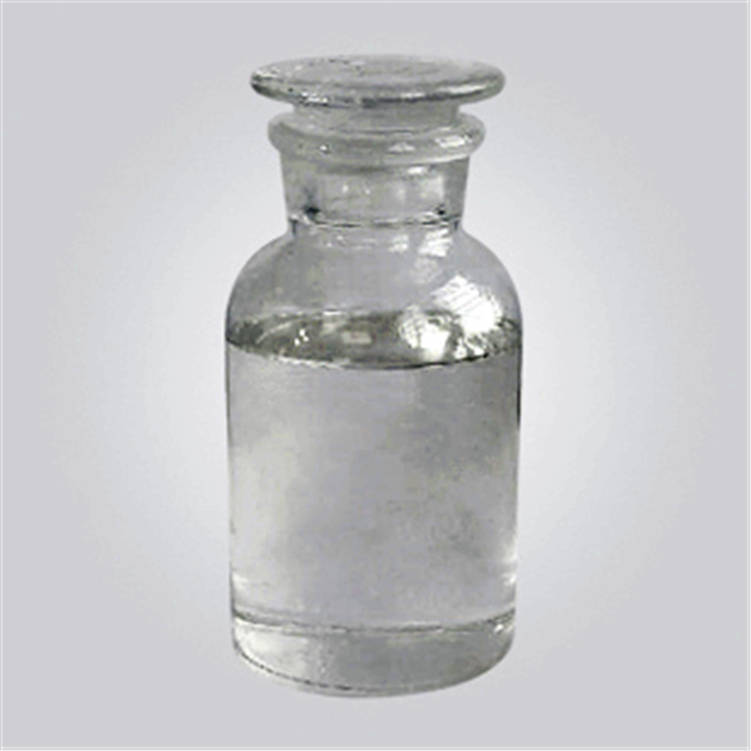Propylene oxide (PO) is a crucial raw material in the production of various chemical compounds. Its wide range of applications includes the production of polyurethane, polyether, and other polymer-based goods. With a growing demand for PO-based products in various industries such as construction, automotive, packaging, and furniture, the market for PO is expected to experience significant growth in the coming years.
Drivers of Market Growth
The demand for PO is primarily driven by the thriving construction and automotive industries. The rapidly growing construction sector, particularly in emerging economies, has led to a surge in demand for high-performance and cost-effective insulation materials. PO-based polyurethane foams are widely used in the construction industry for their excellent insulation and fire-resistant properties.
Moreover, the automotive industry has also been a significant driver of the PO market. The production of vehicles requires a plethora of materials that can withstand high temperatures and mechanical stresses. PO-based polymers meet these requirements and are extensively used in the manufacturing of automotive components.
Challenges to Market Growth
Despite the numerous growth opportunities, the PO market faces several challenges. One of the primary challenges is the volatility in raw material prices. The prices of raw materials such as propylene and oxygen, which are essential for PO production, are subject to significant fluctuations, leading to instability in the cost of production. This can affect the profitability of PO manufacturers and potentially impact their ability to meet the growing demand.
Another challenge is the stringent environmental regulations that have been imposed on the chemical industry. The production of PO generates harmful waste and greenhouse gas emissions, which have led to increased scrutiny and fines from regulatory authorities. To comply with these regulations, PO manufacturers need to invest in expensive waste treatment and emission control technologies, which can increase their production costs.
Opportunities for Market Growth
Despite the challenges, there are several opportunities for the growth of the PO market. One such opportunity is the increasing demand for insulation materials in the construction industry. As the construction sector expands in emerging economies, the demand for high-performance insulation materials is expected to rise. PO-based polyurethane foams offer unique properties that make them suitable for a wide range of insulation applications.
Another opportunity lies in the rapidly developing automotive industry. With the increasing focus on vehicle lightweighting and fuel efficiency, there is a growing demand for lightweight materials that can withstand high temperatures and mechanical stresses. PO-based polymers meet these requirements and can potentially replace traditional materials such as glass and metal in vehicle manufacturing.
Conclusion
The market trend for propylene oxide is positive, driven by the thriving construction and automotive industries. However, volatility in raw material prices and stringent environmental regulations pose challenges to market growth. To capitalize on the opportunities, PO manufacturers need to stay abreast of market trends, invest in research and development, and adopt sustainable production practices to ensure cost-effective and environmentally friendly production.
Post time: Feb-04-2024





